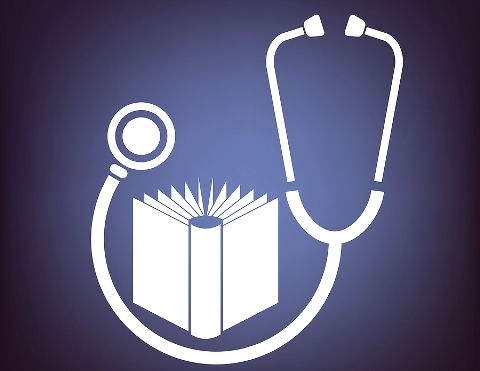Being heralded as one of the several possible solutions to some of the medical dilemmas facing many developing countries, telemedicine has already brought a plethora of benefits to the populace of India, especially those living in the rural and remote areas (constituting about 70 percent of India?s population). One of the many reasons for the huge potential of telemedicine in India is because a large chunk of India?s rural population doesn?t have access(or have very limited access) to even primary healthcare facilities.
We should accept the fact that India has a large population and providing quality healthcare to such a large population is not an easy task. The lack of funds is a major hindrance towards setting up of as many medical facilities as are needed. Specialists are stationed at these limited medical facilities, and patients have to travel to these centers, even to simply get diagnosed. The alternative being that of specialist making periodic visits to the patient. Such approaches are implemented in various rural and other parts of India with mobile clinics, mobile specialty hospitals, etc. However, the response time in either case is generally high. Moreover, in some challenging cases, often doctors and specialists need to consult other specialists to ensure that all aspects of a complication or patient disorder have been taken into consideration.
Besides wastage of precious time (in case of some critical illness every minute can be precious) in commuting to the health centers from remote areas, other important dimension is the financial implication of making visits to a health center or the patient site for a diagnosis. The associated costs of travelling, staying, equipment movement, etc. are high. If the patient has to travel to the referral facility, not only will it cause him discomfort (the situation is much worse in case the patient is under trauma), it will also cost him time and lots of money.
If the specialist has to travel to the site (which is not generally done), then the cost is much more, as his time is very valuable not only in terms of money, but also because other patients will be deprived of his services while he is travelling.
In such a scenario, which is very much prevalent in India, telemedicine can emerge as a welcome alternative to supplement conventional healthcare. One of the biggest benefits telemedicine provides is the death of distance. Deploying it can reduce unnecessary travel, expense and even strain. Once the virtual presence of a specialist is acknowledged, a patient can access medical resources without the constraints of distance. It also solves the problem of retaining specialists in non-urban areas.
Moreover in our country, where a large population lives in rural and semi-urban areas, the telemedicine holds a great promise for the masses at large, as the hospitals and the health centres located in these areas are in general ill-equipped in terms of medical expertise or the diagnostic equipments. According to the available healthcare statistics, about 75 percent of the qualified doctors in India practice in urban areas, and 23 percent in semi-urban areas, so this leaves only 2 percent of the doctors to cater to the health needs of a whopping 70 percent of the Indian population, living in villages. The most unfortunate outcome of this distribution is that 80 percent of the medical facilities in India are being channelised to the urban areas and a meager 20 percent comes to the rural areas. In such an otherwise depressing scenario, telemedicine has the promise to revolutionize this lopsided delivery of healthcare in India.
Timely help during disasters
Telemedicine services can also be of great aid during times of crises or disasters, such as earthquakes, devastating fires, and other natural disasters, to provide backup services. Some recent events in India point to telemedicine?s role in tackling unforeseen disasters. On 26 January 2001, due to the devastating earthquake in Gujarat, some 40,000 lives were lost, and over one lakh people were badly injured. The need at that point of time was to immediately treat the injured and provide healthcare facilities to prevent further deaths. The earthquake also decimated many hospitals and other medical facilities. In this gloomy scenario the promising technology of telemedicine made its presence felt.
The day after the earthquake in Gujarat, the Ahmedabad-based Online Telemedicine Research Institute (OTRI) came to the rescue and established the first communication link from Bhuj, which was close to the epicenter of the quake. Specialists were able to provide consultations from far-off places, thanks to the established telemedicine links. For example, after the telemedicine center was set up at Bhuj hospital, an X-ray facility was provided to the people, whereby a specialist provided online consultation from Ahmedabad. During the subsequent days, quake victims could get medical advice from other doctors, based at Ahmedabad and Bangalore. Over 750 sessions were conducted in a period of 30 days, thus saving many lives.
Apart from Gujarat, there are other cases that show the potential of the technology. For example, during the Kumbh Mela, which drew over 25 million pilgrims to the banks of the Ganga for the holy dip, telemedicine was deployed successfully. OTRI, together with a team of tech-savvy doctors, transferred data of over 200 ailing pilgrims, besides sending microscopic images of microorganisms, in order to monitor the levels of cholera-causing bacteria in the river.








